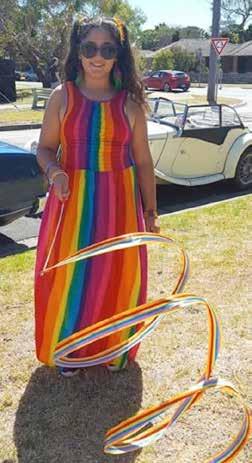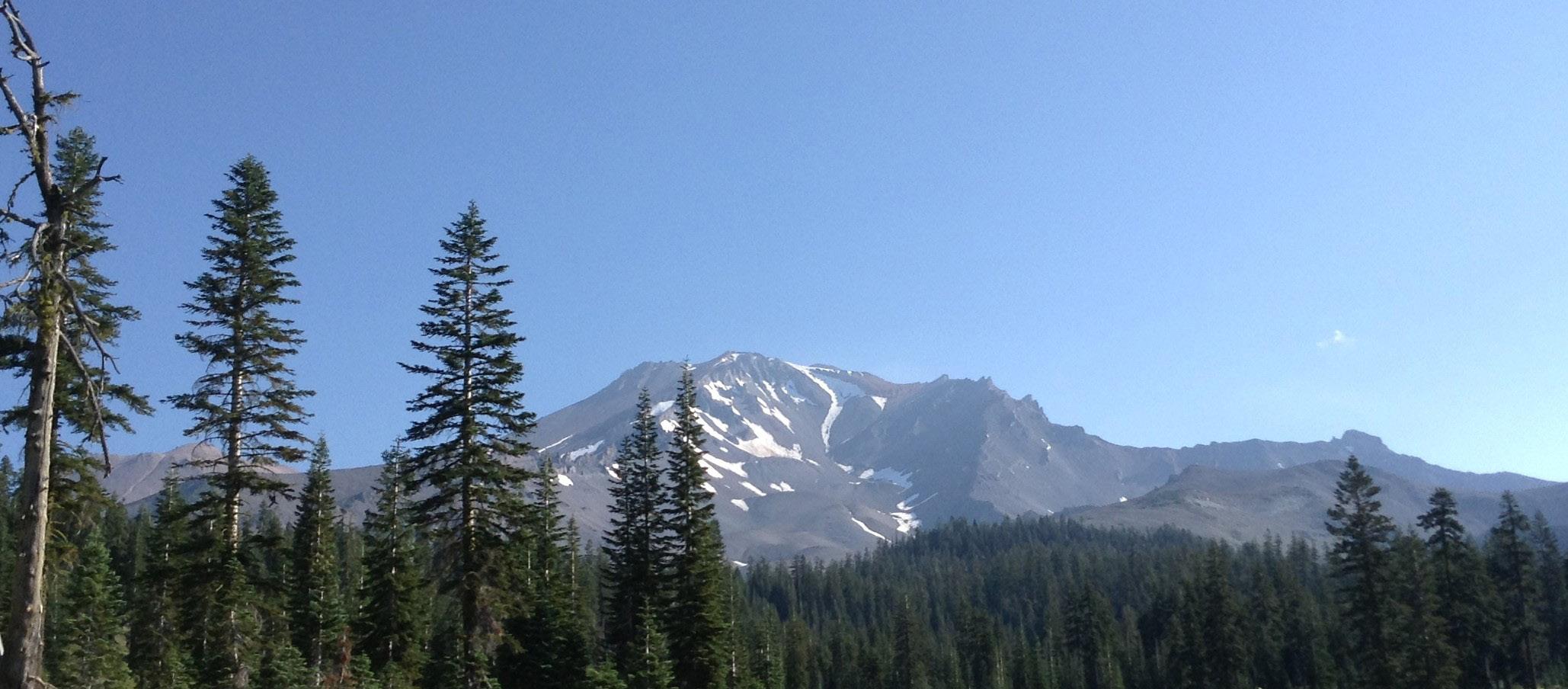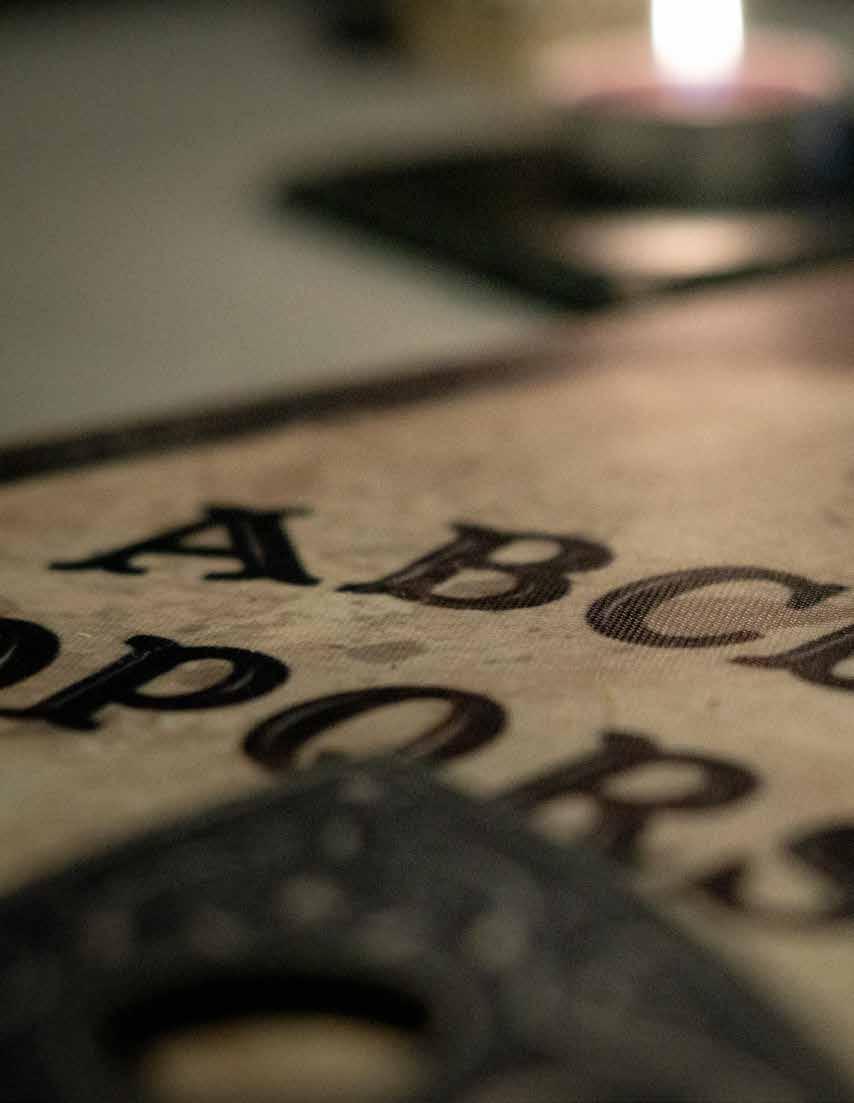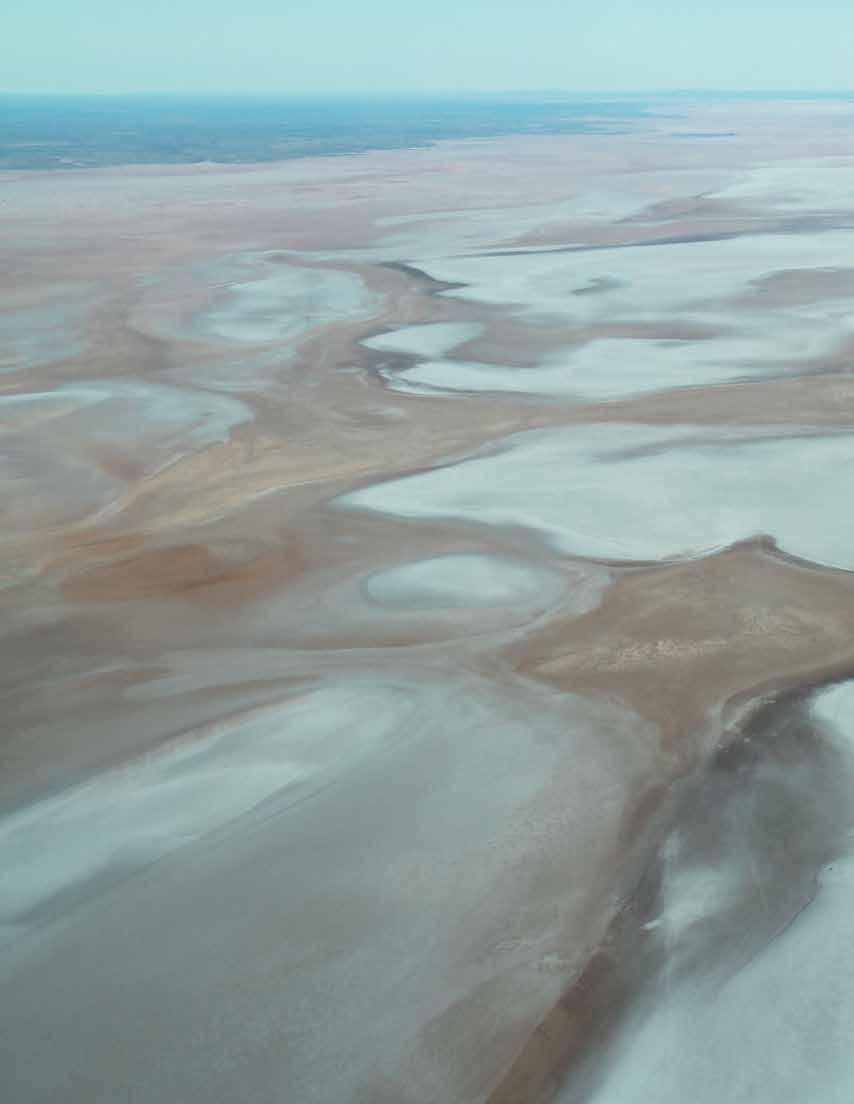Sacred Sites
Introduction to Sacred Sites By Louise Clarke The land is more than just the dusty earth on which we stand! From time immemorial certain spaces have had a powerful attraction for millions of people around the world. Legends and age-old stories tell of extraordinary experiences people have had while visiting these sites, which are said to have the power to heal the body, enlighten the mind and bring balance to an environment out of harmony. What is a sacred site? Depending on whom you ask, a sacred site may be associated with a cathedral, mosque or synagogue, or a waterfall, mountain, lake or forest.
To the Western ear, ‘sacred’ may be synonymous with sacrosanct or enviably holy and associated with an actual geographical location. To indigenous cultures, everything has spirit and everything is deeply interconnected. Their spaces are considered to be spiritually alive, of cultural value or even actual representations of creation itself.
There is a deeply spiritual tribe in the Limpopo province of South Africa called the VhaVenda, who are desperately trying to protect the area long believed to be associated with rain making. This area includes Lake Fundudzi, the Thathe Vondo Forest, Mashovhela Rock Pool and Phiphidi Waterfall. Central to countless legends, sacred Lake Fundudzi is one of the few true inland lakes in South Africa. Said to be created by a landslide 20 000 years ago, Fundudzi is filled by the Godoni and Mutale rivers. Mysteriously, with no obvious outlet, it never overflows.
“The lake has been declared a National Heritage Site but some local campaigners have argued that this was only done to promote tourism and job creation...” Until recently it was not advised for tourists to visit the lake, which is still somewhat difficult to find and there is a curious method of approaching the lake. When a visitor first sees the lake they are expected to pay the proper respect by turning their back to it, and then bend down to look at it upside down through their spread legs. This is a salute known as the ‘ukodola’.
12
Supernal Magazine















